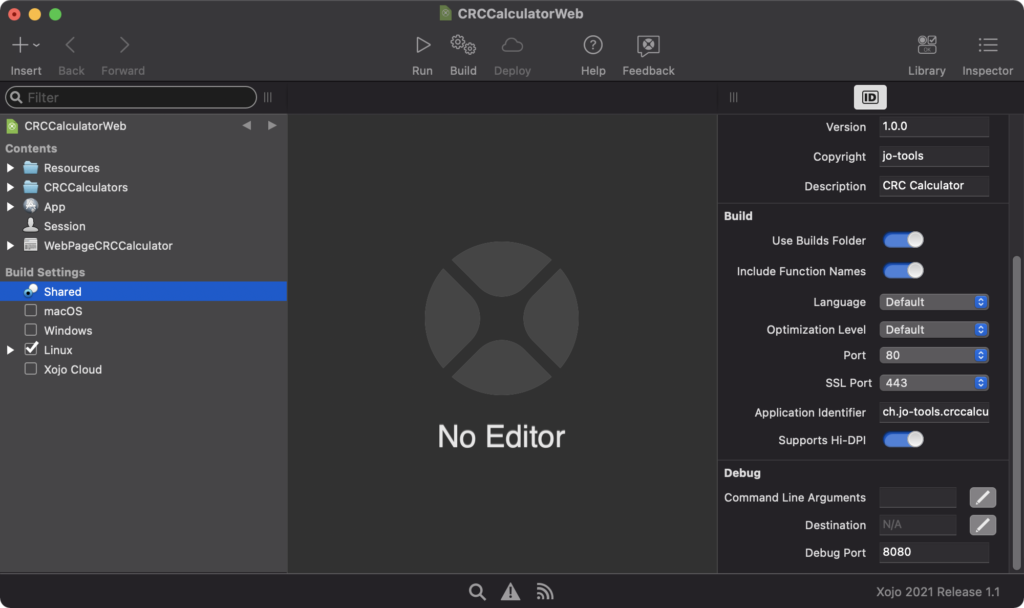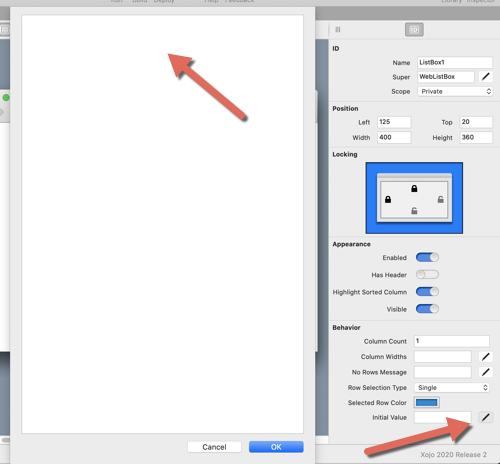
This works significantly faster and is less code to write. This is inefficient and can be improved by adding the entire row to the list in one go: MyListbox.Cell(MyListbox.LastIndex,3) = z

MyListbox.Cell(MyListbox.LastIndex,2) = y MyListbox.Cell(MyListbox.LastIndex,1) = x MyListbox.Cell(MyListbox.LastIndex,0) = w I often see code like this to add rows to Listboxes: MyListbox.AddRow " " If you have a feature that processes a large volume of data, and various different methods get called from inside a loop, flattening the code would help improve performance.

If the code within the CalculateTotals method were put directly into our loop instead, 5,000 calls to the method would be eliminated, so the loop code would run faster. In our tiny example above, the CalculateTotals method gets called 5,000 times. Xojo is great for building structured code using methods, but we can speed things up in a loop by reducing the number of calls to methods. If our Listbox had 5,000 rows, the loop would calculate this same value 5,000 times! We get improved performance by calculating it only once: Dim n As Integer = MyListbox.ListCount - 1 // or MyPopupMenu.ListCount-1

Here the For loop is calculating the value of (MyListbox.ListCount – 1) each time it goes around the loop. Also works with MyPopupMenu.ListCount-1įor i As Integer = 0 to MyListbox.ListCount - 1


 0 kommentar(er)
0 kommentar(er)
